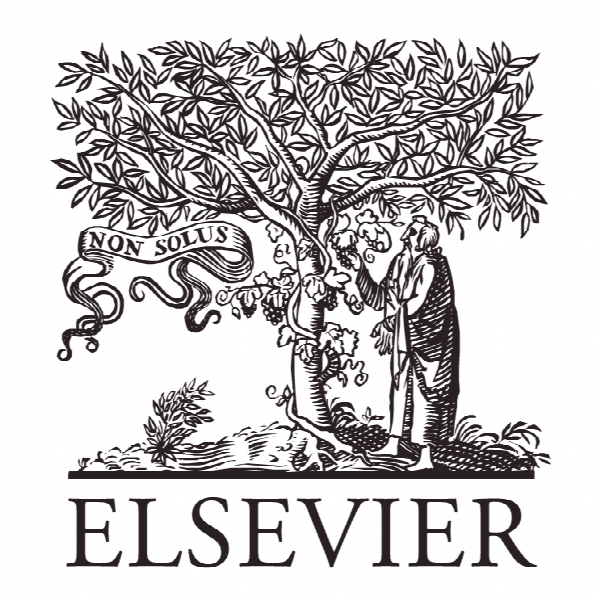طرح های غذایی مصنوعی و اشکال جدیدی از قوانین برای کشاورزان در استراتژی های بازاریابی مستقیم How to survive: Artificial quality food schemes and new forms of rule for farmers in direct marketing strategies
- نوع فایل : کتاب
- زبان : انگلیسی
- ناشر : Elsevier
- چاپ و سال / کشور: 2018
توضیحات
رشته های مرتبط مدیریت، کشاورزی
گرایش های مرتبط بازاریابی
مجله مطالعات روستایی – Journal of Rural Studies
دانشگاه Universitat Autònoma de Barcelona – Medical Research Institute – Spain
شناسه دیجیتال – doi https://doi.org/10.1016/j.jrurstud.2018.06.005
منتشر شده در نشریه الزویر
گرایش های مرتبط بازاریابی
مجله مطالعات روستایی – Journal of Rural Studies
دانشگاه Universitat Autònoma de Barcelona – Medical Research Institute – Spain
شناسه دیجیتال – doi https://doi.org/10.1016/j.jrurstud.2018.06.005
منتشر شده در نشریه الزویر
Description
1. Introduction Current agri-food policy and programs highlight the need for a shift in the approach to move towards more sustainable agriculture – socially and environmentally. In this respect, new policies are often based on market-led models that add value to certain distinctive products or practices. In this context, “quality food schemes” (QFSs herein after) emerge – those in which particular products or characteristics from small scale food production are ascribed a certain superiority that allows the producers to obtain premium prices. These schemes take the form of territorial management or economic planning strategies that link quality to the production from certain districts or regions (Marsden and Smith, 2005). These mechanisms have also helped to re-localize the food industry and to create a new paradigm of rural development granting greater autonomy to rural farmers and entrepreneurs (Marsden and Smith, 2005; Murdoch et al., 2009). Generally such QFSs are characterized by direct marketing venues, such as farmers’ markets, farm-to-table initiatives, or food basket schemes, by direct connections with the restaurant sector, or by a re-connection between consumers and producers via, for instance, on-site farm visits. However, the implementation of such quality schemes is a multilevel process that does not necessarily offer win-win solutions to all sides involved (Allen et al., 2003; Allen, 2004). For example, alternative marketing (i.e. direct, local) requires a strong education of consumers about food choices – who are advised to change purchasing habits and buy seasonal and often more expensive products (Hinrichs, 2000; Guthman, 2003; Hinrichs and Allen, 2008). Programs are usually designed around convincing consumers through awareness-raising campaigns and through new venues that can facilitate behavioral shift – i.e. offering new experiences around food provisioning. On other hand, the exclusivity of certain direct marketing channels, which are often only accessible to a certain spectrum of convinced consumers, makes it difficult for farmers to rely on and remain exclusively in such alternative markets (Jarosz, 2008; Gray, 2013). Additionally, food justice scholars have pointed to the social inequalities, exclusionary discourses, and the relations of power more broadly at work in these initiatives (Goodman, 2003; Slocum, 2007; Guthman, 2008; Alkon and Agyeman, 2011). They call for moving beyond an overly benign analysis of economic relations and processes embedded in direct marketing and other “alternative” food market venues (Sayer, 2001; Wilson, 2013), and show the need for different activism engagements rather than consumption in niche spaces (Alkon and Guthman, 2017). In those views, the social embeddedness assumed in the agricultural direct markets should be not idealized because marketness and instrumentalism are part of local food systems as well (Hinrichs, 2000; D. Goodman, 2003).


